+1 (800) 753-3570
+1 (800) 753-3570

Grants are a fantastic way to help fund a classroom set of graphing calculators, or scientific calculators, but they can be a daunting task.
For those looking for a grant, we’ve split the grant writing process into three parts. We’ll go over what to do before writing your proposal in this blog post. If you have not yet read the introduction, please check out An Introduction to Educational Grants.
Before you select a grant to pursue, give yourself ample time to gather research, write, revise, and promote the proposal by checking the deadline date. Don’t select a grant due in a week and submit a rushed proposal; try to aim for grants due no less than a month away, and perhaps even farther out if the size or requirements are larger and more time-consuming.
Always make sure to read eligibility requirements to ensure that you can be considered. Before you begin writing your proposal, make sure that you clear your intentions with your principal, and possibly your district. Depending on the funder, you may need approval or support from your principal and/or district to submit your proposal. Certain districts may also have limitations on grant funds or other unknown circumstances that could make you ineligible for the grant you are pursuing. Ensure that you receive approval from your principal/district before beginning to write.
Carefully read through the rules, instructions, criteria, and rubric when available. You must follow every requirement to be considered. Larger and more competitive grants can be extremely strict. Instructions may include small details like margin or font sizes. Failing to follow the rules, instructions, or criteria can result in your proposal being removed from consideration. Write your proposal in an active voice to demonstrate your commitment to completing the goals and projects set forth. Convey that you will handle the granted funds responsibly and show accountability to the funding organization throughout your writing.
Have others ready to help you review your writing. As a teacher, avoid using specialized language or acronyms. While fellow educators may understand your message, individuals from private organizations may not, so strive for inclusivity in your proposal. Ensure that anyone who reads it can comprehend your objectives and the need for grant funds. Have someone unfamiliar with your proposal, potentially from outside the education field, read through your completed document and explain what they understood about your goals. If they struggle to grasp your intentions, consider revising your proposal to improve clarity.
Each part of your proposal should be able to stand alone, as funding organizations may distribute sections to different reviewers. Avoid referencing other sections or using acronyms that require context from elsewhere in the proposal. The funding organization must clearly understand your funding needs and usage plans to consider your proposal for funding. If they cannot grasp your goals, they are unlikely to fund your project.
To assist funders in understanding why you need the applied-for grant, it's helpful to keep research on your community and school demographics readily available. This information can benefit any grant proposal for your school or district, streamlining future research efforts. Relevant information includes:
Data can be a valuable resource for your grant proposal. Each section of your proposal can be supported by objective data and analytics. Here are some places where you can find data for your proposal.
The U.S. Census Bureau provides available data to explore and demonstrate the demographics of your community and student population. Search for your city, county, or district’s demographics. You can also search the National Center for Education Statistics for additional demographics!
As a math teacher looking to improve your classroom, search for your school’s academic performance in mathematics state assessments. You can contact your District’s Assessment Office or your State’s Department of Education to compare your students’ testing results to the district or state. For a nationwide view, visit the U.S. Department of Education’s data.
When using grants to purchase classroom sets of calculators, you want to show funders that the calculators you plan on using are helpful for student learning. Explore Texas Instruments’ research library for insights into the efficacy of Texas Instruments technology including graphing and scientific calculators. You’ll be able to find research about improvements in student learning when TI calculators are used to support the classroom.
When proposing your solution and project, utilize research from the What Works Clearinghouse to demonstrate why your approach is objectively the best way to address the issue at hand. For more specific information relating to your math classroom objectives, look at the What Works in Math page.
Now that you have collected the permissions needed and detailed research, you can get to work on writing your proposal by checking out the Writing and Formatting your Grant Proposal for Calculators blog post. In this post, we’ll go over what questions you should answer in each section of your proposal, along with general tips on how to best prepare your project.
1
+
Customers Served
1
lbs
of E-Waste Recycled
1
+
Packages Shipped
1
%
On Time Delivery Rate










This store specializes in calculators and accessories with excellent customer service, fast shipping, competitive pricing, and reliable product quality. Customers consistently praise their quick delivery, helpful staff, and ability to find hard-to-find items a...
Leave a comment